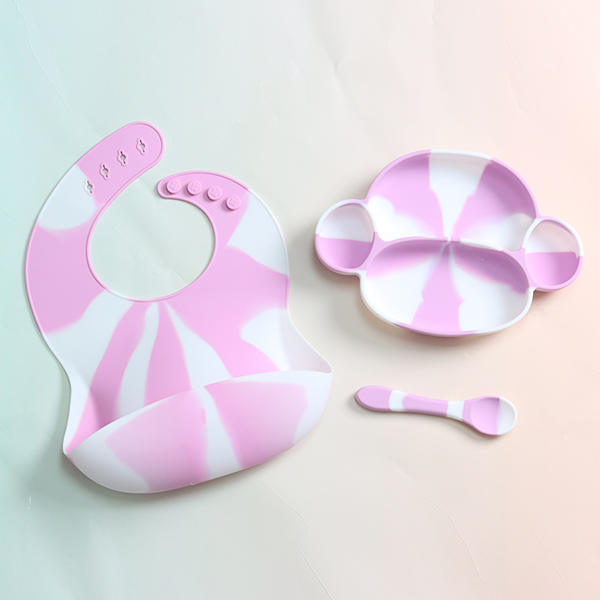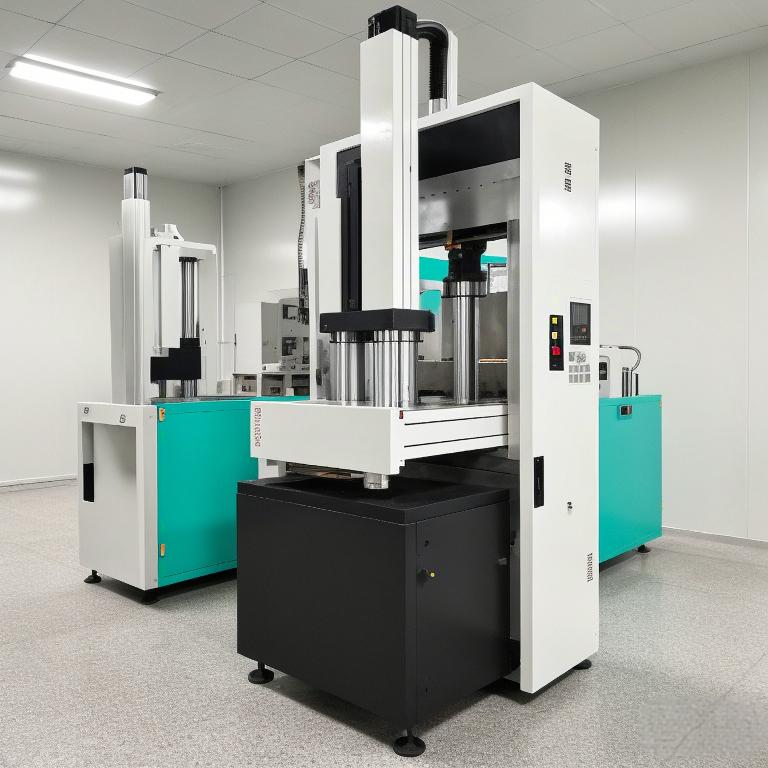Содержание
Silicone products have gained immense popularity in recent years due to their creative shapes, vibrant colors, and excellent temperature resistance. Whether you are developing a new silicone product or looking to enhance an existing one, choosing the right color is crucial. This article will guide you through the process of selecting the perfect color for your silicone projects.
The Importance of Color in Silicone Product Design
When it comes to product design, color is one of the first elements that catch the eye. It not only influences the visual appeal but also plays a significant role in how the product is perceived by the end-users. Different colors evoke different emotions and reactions. For instance, red can create a sense of urgency, while blue is often associated with calmness and trust. In the world of silicone products, color matching is essential to ensure that the product stands out in the market and appeals to the target audience.
![]()
![]()
The Meaning and Symbolism of Colors
Colors have inherent meanings and can trigger various emotions. Understanding these meanings can help you make an informed decision when choosing colors for your silicone products. Below are some common colors and their symbolic meanings:
Red: Represents energy, passion, and action. It can also symbolize anger and sexual passion. In many cultures, red is associated with luck and prosperity.
Orange: Symbolizes creativity, youth, and enthusiasm. It is a vibrant and energetic color that adds a fun element to any product.
Yellow: Associated with happiness, hope, and spontaneity. It is an optimistic and cheerful color but can also suggest impatience and criticism.
Green: Represents balance, growth, and harmony. It is often linked to nature, wealth, and stability.
Blue: Evokes feelings of calmness, trust, and intelligence. However, it is also sometimes associated with sadness.
Purple: Symbolizes luxury, mystery, and spirituality. Dark purples can give a sense of wealth and luxury, while light purples are softer and associated with spring and romance.
Pink: Represents femininity, playfulness, and romance. It can also be seen as immature or silly in some contexts.
Brown: Associated with reliability, healing, and strength. As a natural color, it gives a sense of stability and support.
Gray: Symbolizes professionalism, formality, and conventionality. It is often linked to cloudy days and the gray hair of old age, making it a less cheerful color.
Black: Represents the hidden, secretive, and unknown, creating an air of mystery. It is also a symbol of elegance and simplicity.
White: Symbolizes goodness, spirituality, purity, and sacredness. It can be minimalist, sleek, and contemporary.
How to Choose the Right Color for Your Custom-Made Silicone Products
Product appearance design is more than just about aesthetics; it involves considering multiple requirements. The product’s positioning is one of the most important factors in color matching. You need to consider the application field, target customer groups, market position, and product style. Different ages and regions have different color preferences, and since most product shapes cannot be changed due to functional needs, color changes become a crucial way to attract consumers. Here are some key considerations:
Color Coordination with the User: Ensure that the color of the product resonates with the preferences of your target users.
Color Coordination with the Use Environment: The color should complement the environment in which the product will be used.
Trend Alignment: Stay updated with the latest color trends to ensure that your product design is contemporary and appealing.
6 Color Options for Silicone Product Development
Silicone material is naturally translucent, making it an ideal base for creating a wide range of colors. By adding specific color pigments, silicone can be easily colored to achieve various special effects. Here are 6 color options for silicone products:
Single Solid Color: The most common method is when the product is made in a single color.


High Transparent: No color pigment is added, resulting in a highly transparent and strong silicone material. This is ideal for medical tubing, silicone baby nipples, and remote controller cases.
![]()
![]()
Semi-Transparent: A certain amount of color pigment is added, allowing the product to be colored while still maintaining transparency.
![]()
![]()
Camouflage Color: Two or more colors are mixed to create a camouflage effect.
![]()
![]()
Striped Color Mix: Two colors are intertwined to form a stripe effect, often used for narrow tube-like силиконовые изделия.


Thermochromic Color Changing: Special thermochromic pigments are added, causing the silicone product’s color to change with temperature variations.
![]()
![]()
How to Select a Color for Your Silicone Components
Choosing the right color for your silicone components can be a daunting task, especially with thousands of options available. Here are three methods to help you make the right choice:
Pantone Match: If you have a Pantone book, you can search for colors from it. For silicone products, choose a color from the Formula Guide | Solid Coated (color number ending with the letter C). You can also use the Electronic Pantone online if you don’t have a Pantone book. You can select a color by using the sort/filter options or by searching directly for a Pantone number or name.
Physical Match: If you see a color you like but don’t know the Pantone number, don’t worry! We can help. Any physical item with the color you want can be matched to a specific pigment and color. Simply send us the item, and our professional color master will work out a color formula that matches 99% with your sample.
Tell Us What You Want: If you still have no idea about the color, you can tell us the color effect you want to achieve. As a professional silicone manufacturer with extensive experience in thousands of silicone products, we can provide you with suggestions and options to help you select the best color for your project.
About JEWELIVES Silicone
JEWELIVES has over 20 years of experience in CNC mold making and custom silicone products. We offer comprehensive services including R&D support, CNC tool mold design and process, and silicone molding production. Our high-volume production and quality control ensure that your custom silicone products meet the highest standards. If you are looking to develop custom silicone products, we are here to help. Contact us at:
Website: www.jewelives.com
Email: michelle@jewelives.com
We specialize in wholesale and cater to clients who are also in the wholesale business. Our focus is on providing high-quality custom silicone products that meet the specific needs of our clients. Whether you need a single solid color or a complex dual-tone design, we have the expertise and resources to deliver. Let us help you bring your silicone product ideas to life with the perfect color selection



